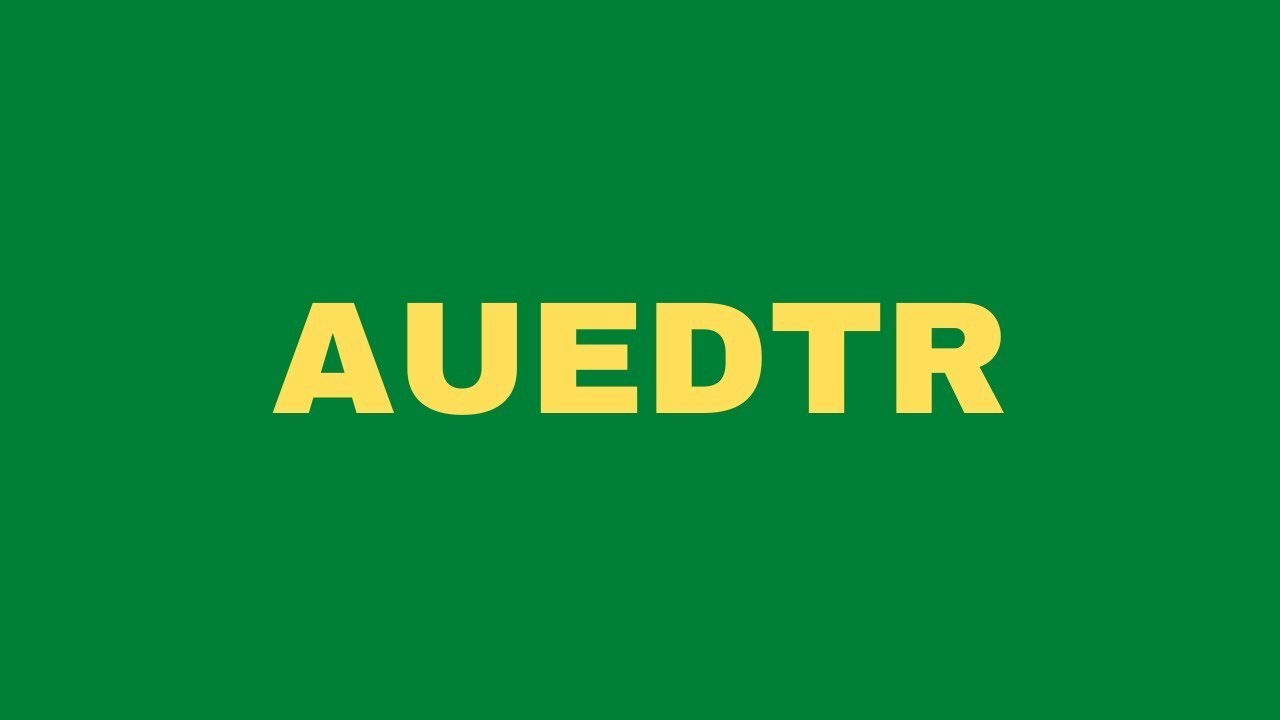Listening & Speaking
AI Inspired App
Imagine an app where teachers an input the target content, and students then practice using that content. A review is then sent to the teacher and students.
Introduction:
This proposal outlines the development of an innovative language learning application designed to address the limited opportunities for English as an additional language (EAL) students to practise speaking English. The proposed application will leverage artificial intelligence (AI) technology to provide students with a conversational platform, focused on specific learning content, to improve their pronunciation skills. The application will also offer additional paid options, such as teacher integration, transcripts, and video recordings, to enhance the learning experience and track student progress. This proposal aims to collaborate with a university, engage developers and tech experts, and deliver a sample version of the application to students within 12 months.
Problem Statement:
EAL students often struggle to find opportunities for meaningful conversation in the target language, hindering their language acquisition and pronunciation development. Existing solutions lack tailored content and personalization, limiting the effectiveness of language practice. Therefore, there is a need for an application that allows students to interact with an AI-powered robot, providing a conversational experience focused on specific learning content.
Solution:
The proposed language learning application will offer a unique and interactive experience for EAL students to improve their English pronunciation skills. Key features of the application include:
1. AI-Powered Conversations: Students will have the ability to engage in conversations with an AI-powered face that responds in real-time. By copying and pasting content they have learned into a designated box, the AI robot will concentrate on using this content, providing relevant language practice.
2. Teacher Integration: To further enhance the learning experience, teachers will have the option to input the content for their students, granting them access with a passcode. This collaboration will enable personalised learning and cater to classroom requirements.
3. Transcripts: A transcript of all conversations will be generated, allowing students and teachers to review and analyse the progress made in second language acquisition. This valuable feedback mechanism will assist in identifying areas of improvement and facilitating targeted instruction.
4. Video Recordings: The application will offer the option to record all interactions with the AI robot, providing students with the opportunity to revisit their conversations and gain insights into their speaking abilities. This feature promotes self-reflection and facilitates independent learning.
Implementation Plan:
To bring this application to fruition, the following steps will be undertaken:
A. University Collaboration: Establish a partnership with a reputable university renowned for language education research. This collaboration will ensure the application’s pedagogical soundness and contribute valuable expertise in language acquisition.
B. Developer and Tech Expert Involvement: Assemble a team of experienced developers and tech experts to design and build the application. Their expertise in AI technology and user experience will be instrumental in creating a seamless and effective learning platform.
C. Application Development: Utilise the collaboration with the university and the expertise of the development team to create a functional prototype of the application. This prototype will be refined through iterative testing and user feedback.
D. Pilot Testing: Conduct pilot testing with a select group of EAL students to assess the application’s effectiveness, gather insights, and make necessary adjustments to optimise the learning experience.
E. Launch and Distribution: Once the prototype has undergone rigorous testing and refinement, release the sample version of the application to a wider group of students. Monitor user feedback, address any issues, and continue to improve the application based on user insights.
Conclusion:
This proposal outlines the development of a language learning application aimed at addressing the limited opportunities for EAL students to practise speaking English. By leveraging AI technology, personalised content, and interactive features, this application will enable students to improve their pronunciation skills in an engaging and accessible manner. The proposed collaboration with a university, involvement of developers and tech experts, and the goal of delivering a sample version within 12 months will ensure the successful realisation of this innovative language learning solution.

